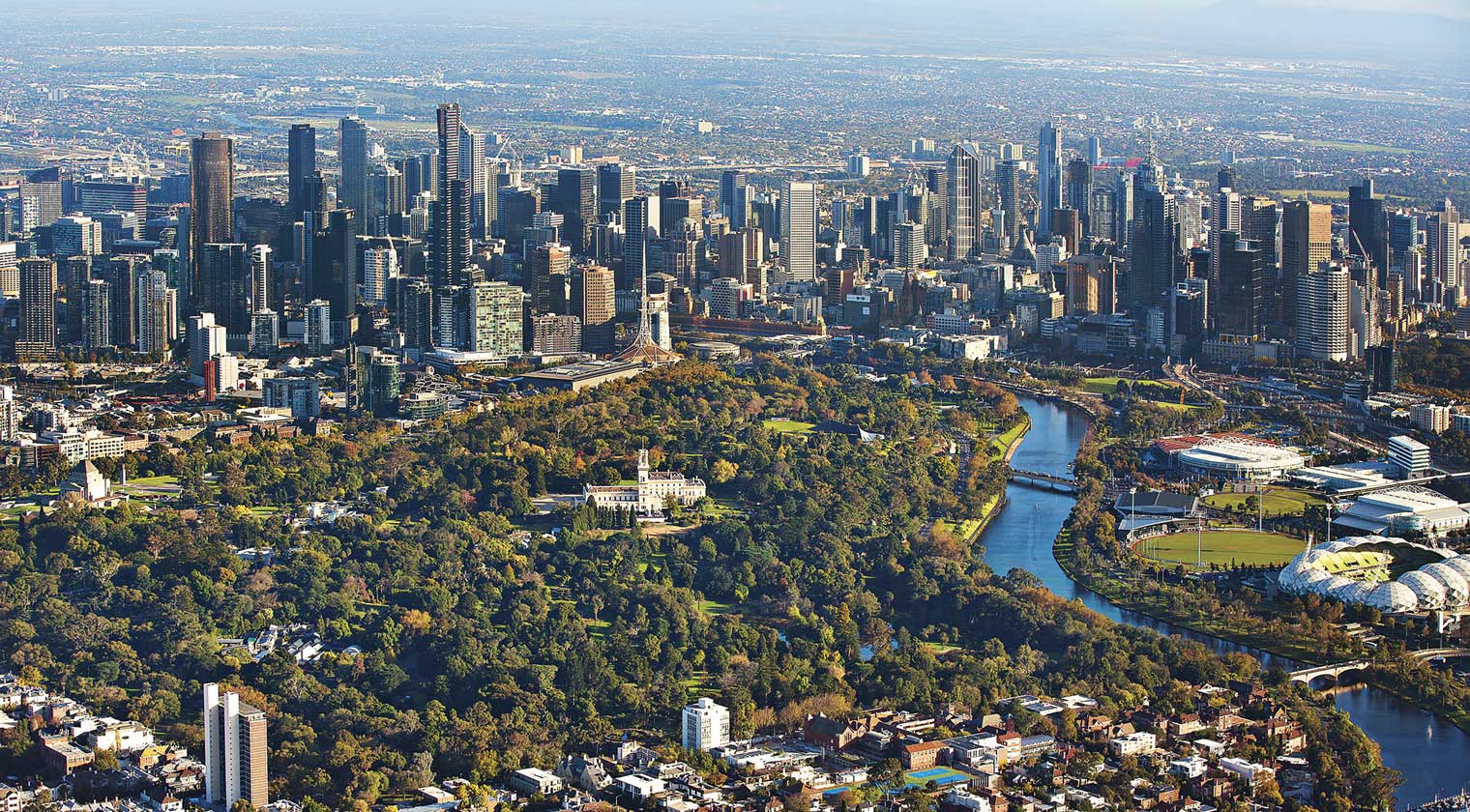What’s really happening in Melbourne’s property market?


In what has been an extraordinary year to date, Victoria’s residential property market has proven remarkably resilient.
The year began very strongly for Victorian property. Consumer confidence had improved significantly by late 2019, with the outcome of the federal election spurring a market rebound across Melbourne and beyond. After notable price contractions in the preceding 12 – 18 months, Victoria recorded some of the highest ever median prices in the 2019 December quarter.
The early months of 2020 were characterised by strong buyer demand. The volume of property coming onto the market was beginning to significantly increase, with February 2020 recording the highest number of auctions ever for the month of February. As auction clearance rates rose, Melbourne property looked poised for strong price growth.
When COVID-19 hit, its impact on Melbourne’s property market was not immediate. Despite the ban on public auctions and restrictions on property inspections, buyers and sellers continued to transact. The auction clearance rate for the month was a relatively high 72.7%, compared with 55.8% in March 2019.
Now, several months into the pandemic, we have seen overall property market resilience, underpinned by the legacy of strong momentum that was present in the early months of the year. While consumer confidence and activity fell sharply in April, it rebounded throughout May and June.
NICK DOWLING
CEO, Jellis Craig Group
Across Melbourne, property prices have dipped, but not as sharply as many commentators predicted. To the end of July, prices were down 3.5% since the start of the pandemic in Melbourne, while the median house price for July 2019 – June 2020 was $917,000 – 8% higher than the previous year. The recent price decline is skewed more towards the higher end of the market than lower value property.
Victoria’s regional markets, such as Ballarat and the Macedon Ranges region have been very resilient, with prices largely unchanged in these areas. Regional Victoria generally experiences less volatility than the metropolitan market, and prompted by the health crisis we are also starting to see the early signs of another wave of tree changers.
Now the question is: What do the Stage 4 restrictions mean for the market? In the first week of lockdown we saw a significant ramp up in transactions as buyers who had physically inspected a property moved quickly to secure a purchase, with negotiations and contracts exchanged digitally. The subsequent weeks of the lockdown have seen a significant reduction in the number of transactions, however, interestingly buyer enquiry remains very high. On the assumption that the Stage 4 restrictions are eased back to Stage 3 in mid-September, it feels like the market is building towards a healthy return through spring. This would be much like the post Stage 4 lockdown rebounds we have seen in New Zealand, and also a number of U.S. cities that are more progressed in terms of reopening their economies.
For our rental market, factors such as reduced overseas migration and rising unemployment are seeing vacancy rates edge higher. COVID-19 has also altered rental market drivers, with many tenants seeking lower density living or a property with enough space to comfortably work from home. While shifts in rental market demand are a normal part of the property cycle, how well Victoria can contain COVID-19’s economic impact will influence when, and how, our rental markets regain equilibrium.
Given the profound impact of COVID-19 on so many areas of our lives, the property market has weathered the storm relatively well. Across the Jellis Craig network, our skilled team of agents have quickly adapted, taking advantage of our existing suite of tools and technologies to continue presenting the best properties to the market and helping our clients buy and sell with confidence.
As we look to the future, it’s worth reflecting on the past. The average rate of annual growth for Melbourne house prices over the last 40 years has been 8.6%. Meanwhile, the period from 2012 – 2019 was one of the strongest Melbourne’s property market has ever experienced. Our city’s exceptional liveability, supported by low interest rates, and population growth have made our property market a very solid and fruitful investment for many decades.
These factors will remain solid foundations of our property market moving forward. While the unpredictability of the pandemic means we are likely to experience some choppy months ahead, in my view, the long-term outlook for Melbourne property remains positive overall.





